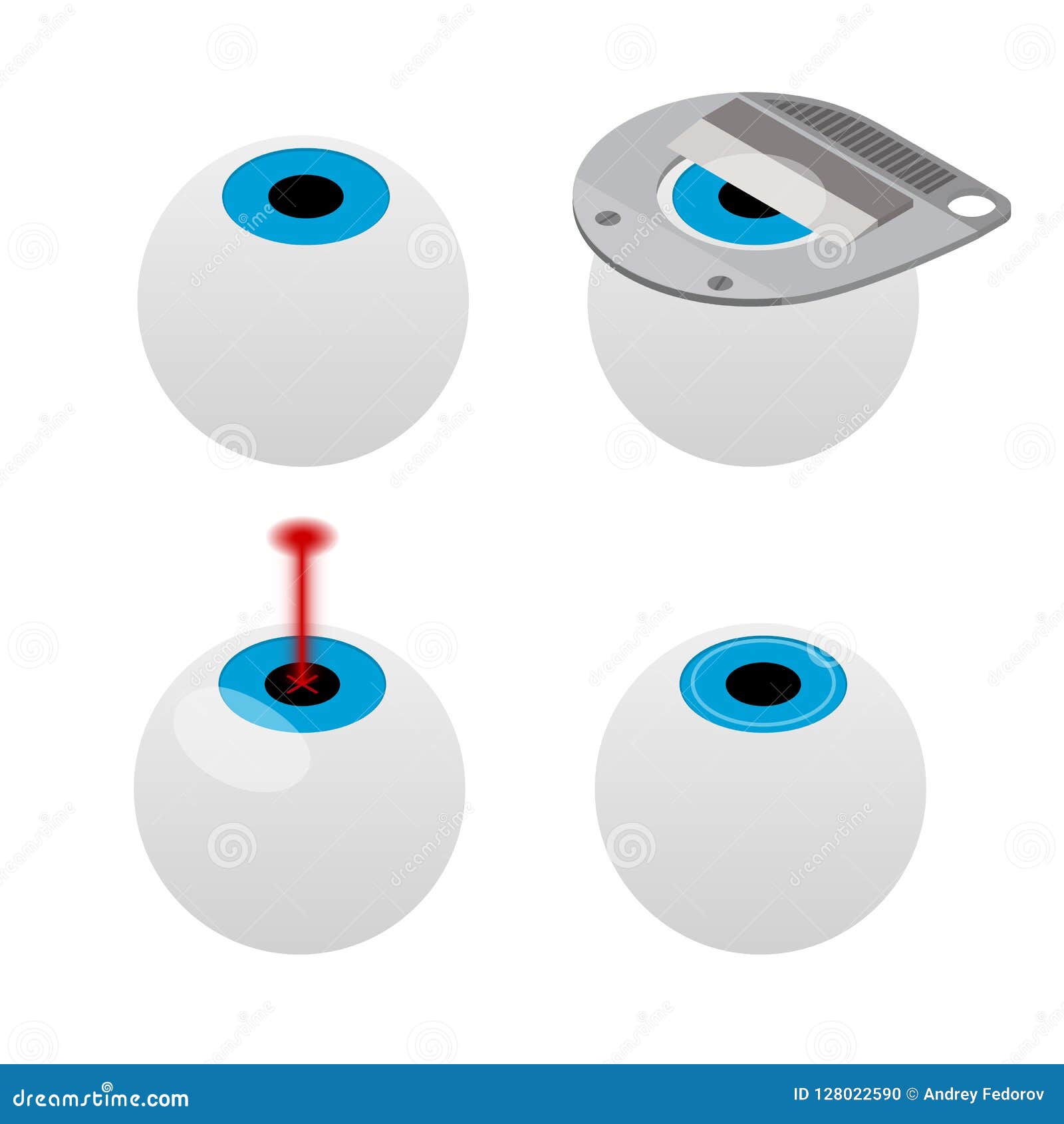What Are The Distinctions And Similarities Between SMILE Eye Surgery, LASIK, And PRK?
What Are The Distinctions And Similarities Between SMILE Eye Surgery, LASIK, And PRK?
Blog Article
Content Produce By-Dreyer Michelsen
If you've been taking into consideration SMILE eye surgery, you could question exactly how it compares to LASIK and PRK. Each procedure has its own collection of advantages and considerations. From quicker recovery times to potential threats, there are crucial differences you should be aware of prior to choosing. Understanding these distinctions will help you make an enlightened option that aligns with your details needs and assumptions. Curious to know even more regarding exactly how these procedures compare thoroughly? Continue exploring to obtain a comprehensive understanding of SMILE, LASIK, and PRK.
SMILE Eye Surgical Procedure Introduction
If you're considering SMILE eye surgical treatment, you'll find it to be a minimally intrusive treatment with a fast healing time. Throughout SMILE (Tiny Laceration Lenticule Removal), a laser is utilized to produce a small, precise laceration in the cornea to get rid of a little piece of tissue, improving it to fix your vision. This varies from LASIK, where a flap is developed, and PRK, where the outer layer of the cornea is completely eliminated.
One of the vital advantages of SMILE is its minimally intrusive nature, causing a faster healing procedure and less discomfort post-surgery. The recuperation time for SMILE is fairly fast, with several individuals experiencing boosted vision within a day or two. This makes it a popular selection for those seeking a convenient and reliable vision improvement procedure. In cataract surgery after lasik , SMILE has been revealed to have a lower threat of completely dry eye syndrome contrasted to LASIK, making it a beneficial alternative for individuals worried concerning this possible adverse effects.
Differences In Between SMILE, LASIK, and PRK
When contrasting SMILE, LASIK, and PRK eye surgical procedures, it's important to comprehend the unique methods used in each procedure for vision correction.
SMILE (Small Incision Lenticule Removal) is a minimally invasive procedure that entails creating a small incision to extract a lenticule from the cornea, improving it to remedy vision.
LASIK (Laser-Assisted In Situ Keratomileusis) involves creating a thin flap on the cornea, making use of a laser to reshape the underlying cells, and after that rearranging the flap.
PRK (Photorefractive Keratectomy) gets rid of the external layer of the cornea before improving the tissue with a laser.
What Is LASIK Eye Surgery lies in the method the cornea is accessed and dealt with. https://www.forbes.com/advisor/credit-cards/medical-credit-cards-should-you-apply/ is flapless, making it a great alternative for people with thin corneas or those involved in get in touch with sporting activities. Source Webpage offers fast aesthetic recovery due to the flap production, however it might posture a greater danger of flap-related problems. PRK, although having a much longer recovery period, prevents flap-related concerns altogether.
Recognizing these variations is essential in selecting one of the most appropriate procedure for your vision correction needs.
Pros and Cons Contrast
To assess the benefits and drawbacks of SMILE, LASIK, and PRK eye surgical treatments, it's vital to think about the certain benefits and possible limitations of each procedure. SMILE surgical treatment offers the benefit of a minimally invasive treatment, with a smaller cut and possibly quicker recovery time contrasted to LASIK and PRK. It also decreases the threat of completely dry eye post-surgery, an usual side effect of LASIK. Nevertheless, SMILE might have restrictions in treating greater levels of myopia or astigmatism contrasted to LASIK.
LASIK surgical procedure provides quick visual healing and minimal pain during the treatment. It's very reliable in dealing with a wide variety of refractive mistakes, consisting of myopia, hyperopia, and astigmatism. Yet, LASIK brings a risk of flap issues, which can impact the corneal structure.
PRK eye surgical procedure, while not as preferred as LASIK, avoids developing a corneal flap, minimizing the threat of flap-related difficulties. It's suitable for people with slim corneas or uneven corneal surface areas. However, PRK has a longer recuperation time and may involve extra pain during the recovery process.
Final thought
So, when it comes to picking between SMILE, LASIK, and PRK, consider it like selecting the ideal pair of footwear. SMILE is like a smooth, comfortable set of sneakers - quick and easy.
LASIK is extra like trendy high heels - showy and quick, however with some prospective threats.
PRK resembles sturdy hiking boots - trustworthy and sturdy, but needing a bit more effort and time.
Inevitably, the very best selection depends on your individual needs and preferences.
